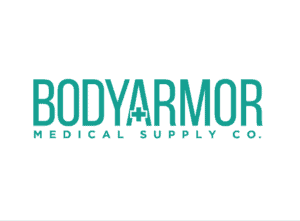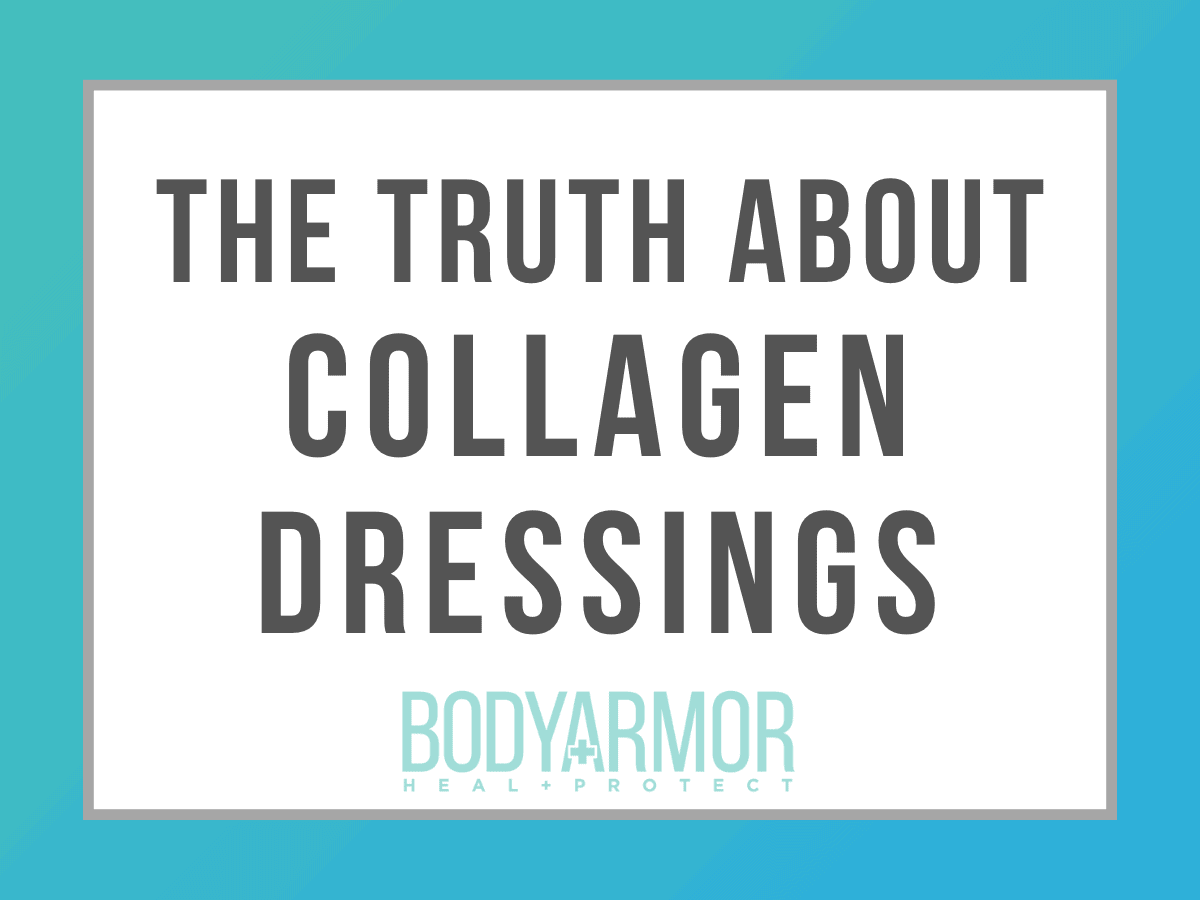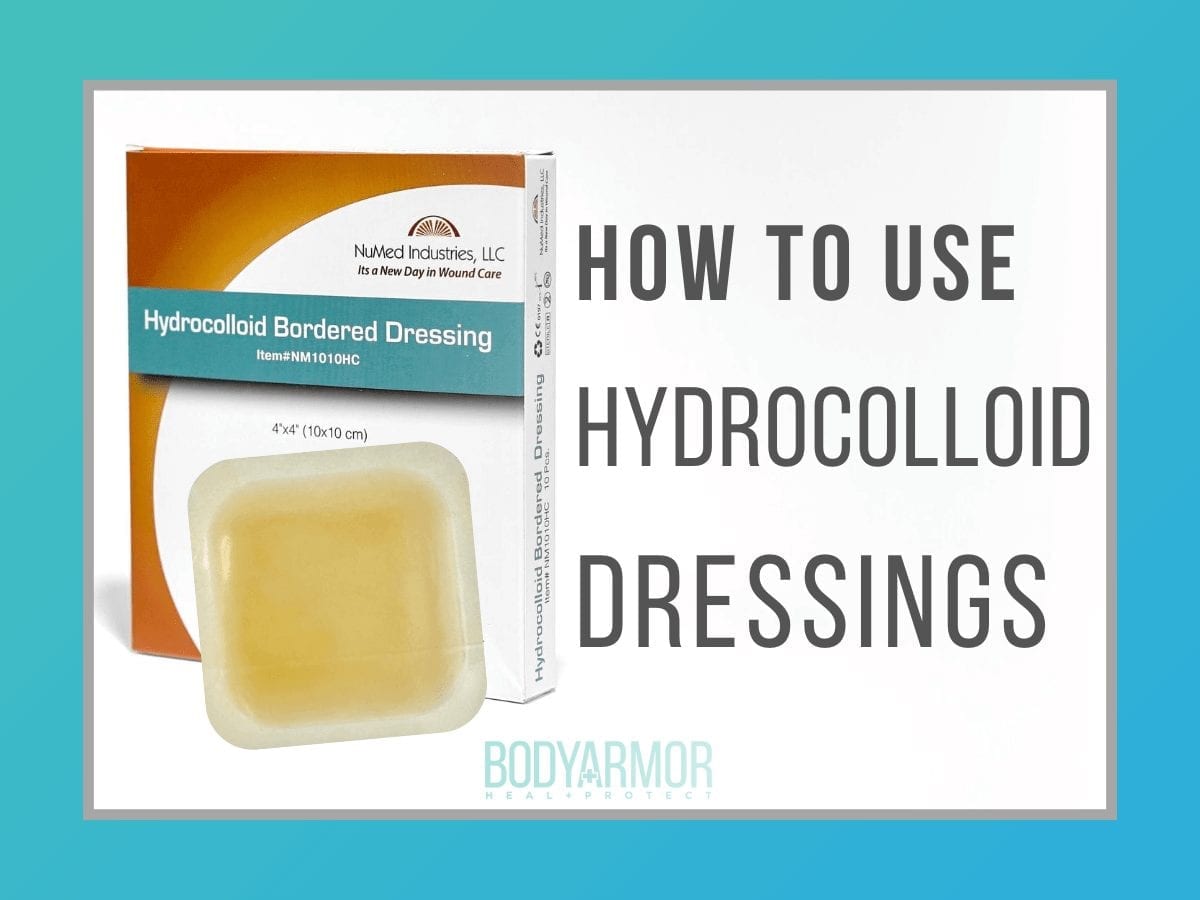
Hydrocolloid Dressings support natural healing by protecting wounds from trauma and contaminants while maintaining a moist healing environment. These dressings can also be used to reinforce intact skin or newly healed wound sites.

What is a Hydrocolloid Dressing?
Hydrocolloid dressings are flexible, water-resistant wafers composed of gel-forming agents that gently absorb fluid. These non-adherent primary dressings support natural healing by providing thermal insulation and promoting a moist environment for healing.
Hydrocolloid dressings act as a skin-like barrier, ideal for wounds with small to moderate drainage. These dressings can also be used over intact skin or newly healed sites to provide protection from friction and trauma.
Our latex-free Hydrocolloid Bordered Dressing features a water-resistant polyurethane outer layer and a gentle adhesive border.

Advantages of Hydrocolloid Dressings
- Hydrocolloid dressings absorb minimal to moderate amounts of drainage
- They promotes moist environment for natural healing (autolytic debridement)
- They are reduce risk of infection by preventing external fluid/bacteria contamination
- They may be used under compression
- They do not require secondary dressing to hold in place
- They are designed to have minimal pain during dressing removals

How to Apply Hydrocolloid Dressings
- First, clean the wound with wound cleanser or normal saline and pat dry.
- Choose a hydrocolloid dressing that is 1-2 inches larger than wound.
- Place the adhesive side of the clean dressing directly over the wound and surrounding skin.
- Change every 3 days, depending on the amount of wound drainage. These dressings can be left in place for up to one week for clean wounds.
Before applying the dressing, we recommend applying Brava Skin Barrier Spray to the surrounding skin for best results.
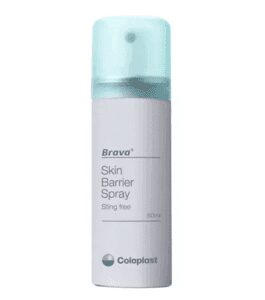
Uses for Hydrocolloid Dressings
- wounds with minimal to moderate drainage
- partial thickness wounds
- non-infected wounds
- minor burns, blisters, and abrasions
- superficial surgical incisions and donor sites
- pressure ulcers
- venous stasis ulcers
- arterial ulcers
- diabetic ulcers
- wounds in areas with increased risk of urinary/fecal contamination
- newly healed sites or intact skin at risk for friction-related breakdown
Considerations for Hydrocolloid Dressings
- Hydrocolloid Dressings are not indicated for wounds with large amounts of drainage, infected wounds, 3rd degree burns, fungal/herpetic lesions, or wounds with deep tunneling or areas of exposed tendon/bone
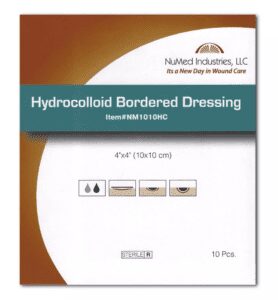
Our Hydrocolloid dressings are the same dressings used in large medical centers to protect skin and wounds. Often referred to as the workhorse of wound care dressings, hydrocolloid dressings are extremely versatile and can be used alone or in combination with other dressings such as Collagen Particles. Our Hydrocolloid dressings are value priced and often used in Home Healthcare and Small Nursing Facilities.

🎖 Your Order Supports US Veterans Through Operation Second Chance 🇺🇸
No Insurance, No Problem. Just Add to Cart and Enter Your Payment Information and Your Supplies Will Be On The Way! 🚚
You Order Supports US Veterans through Operation Second Chance 🇺🇸
US Physician Owned Small Business.
